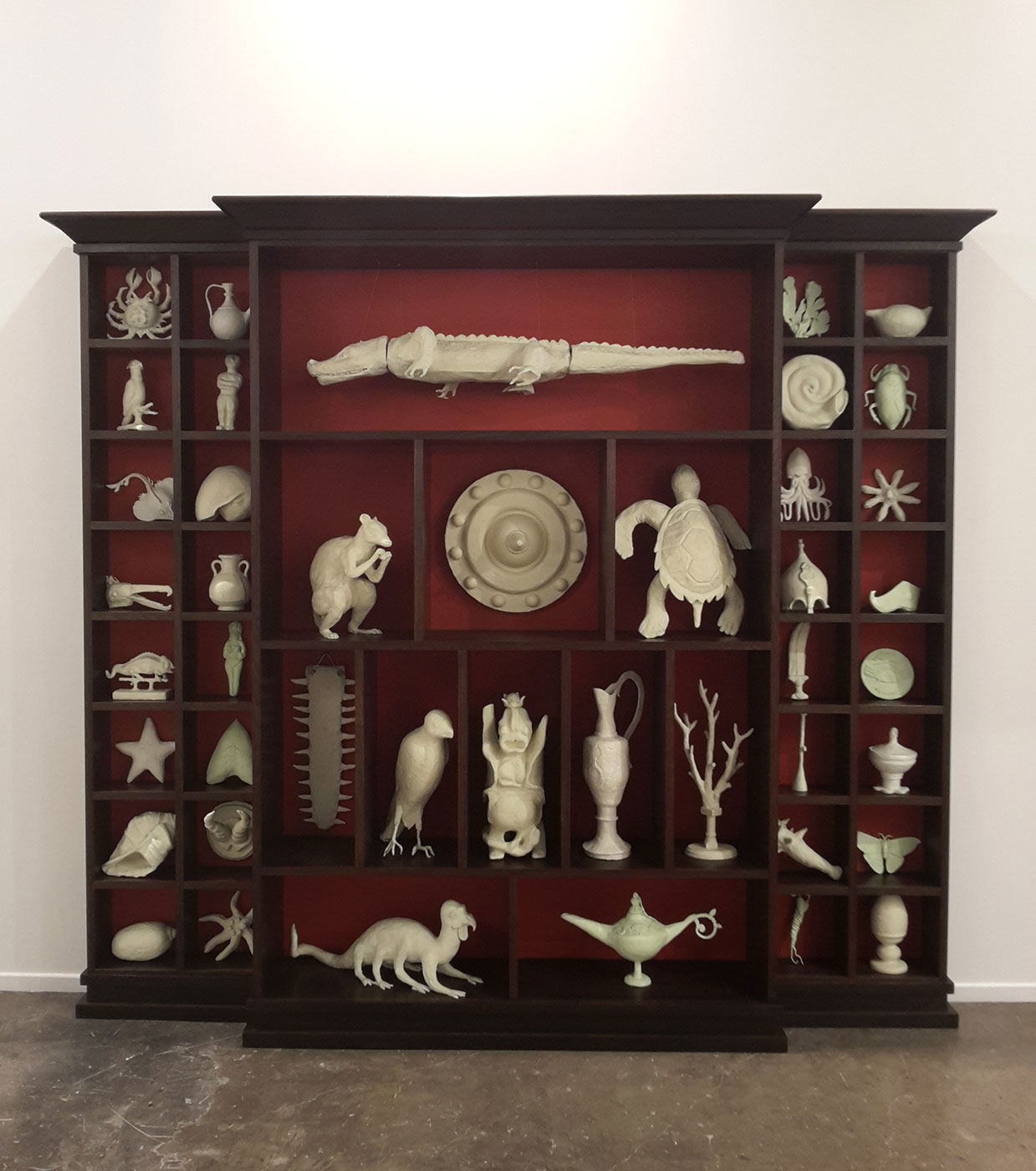Dion
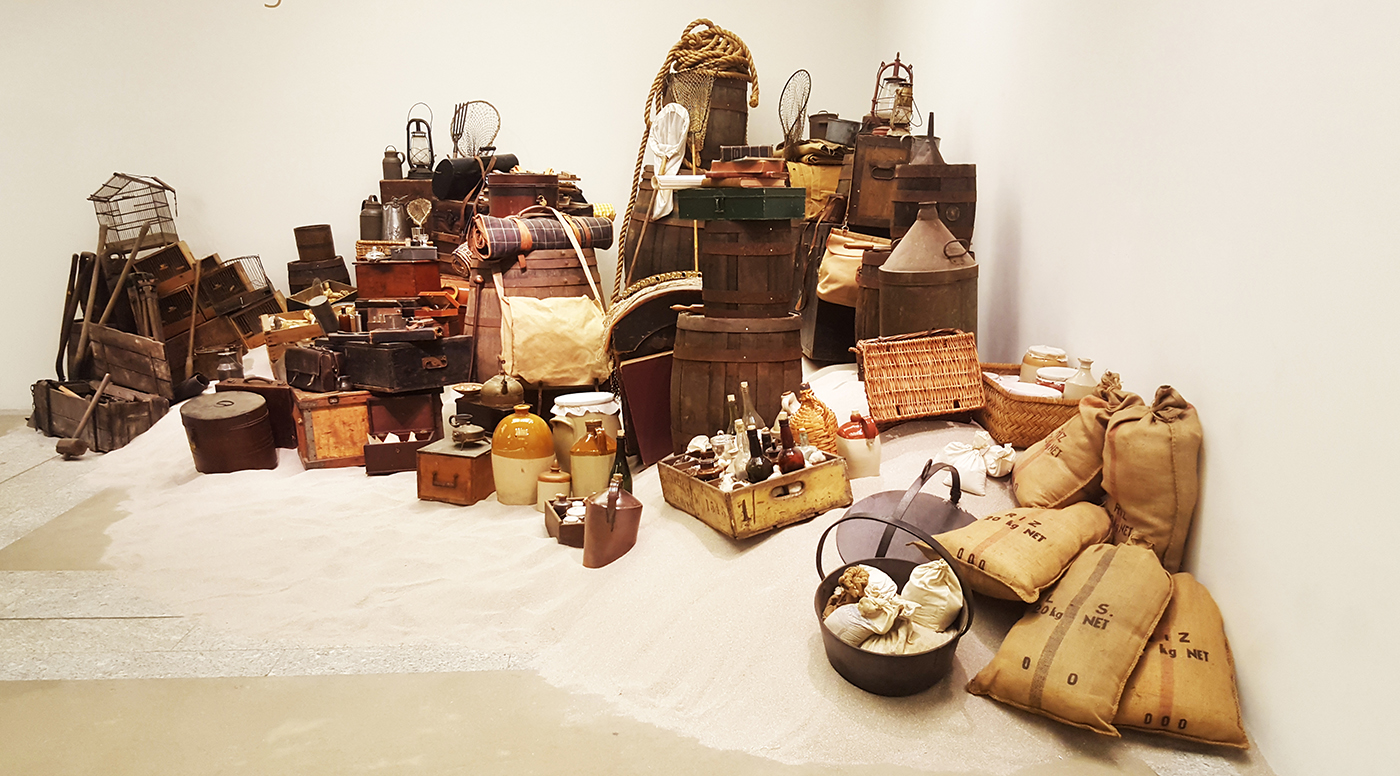
Mark Dion
The tropical Collectors (Bates, Spruce and Wallace), 2009
Different storage materials, containers, bags, sticks, jars and sand
Variable dimensions (500 x 500 x 200 cm)
Unique artwork
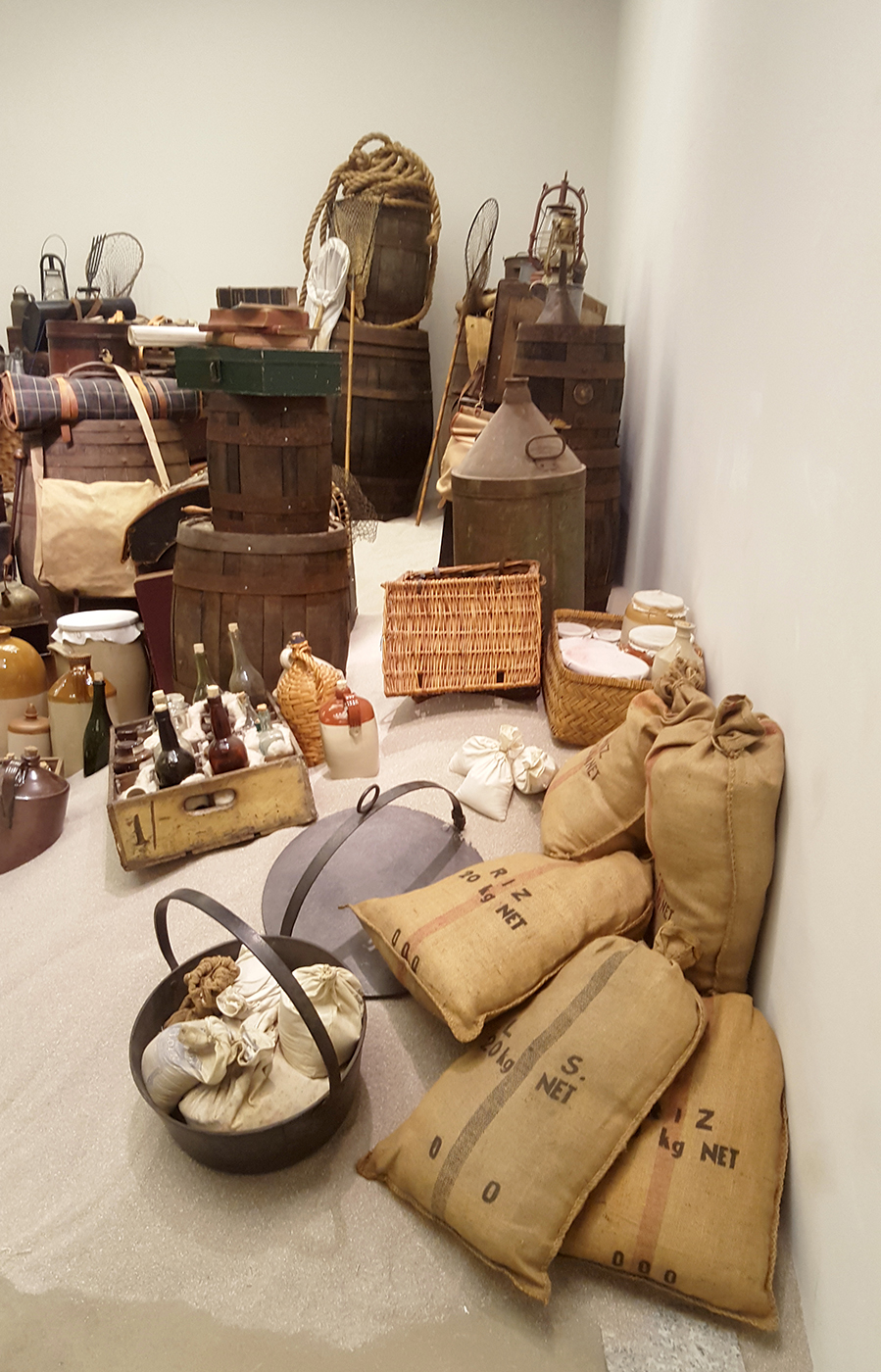
Mark Dion
The tropical Collectors (Bates, Spruce and Wallace), 2009
Detail
Kunstmuseum St Gallen, Suisse, 2016
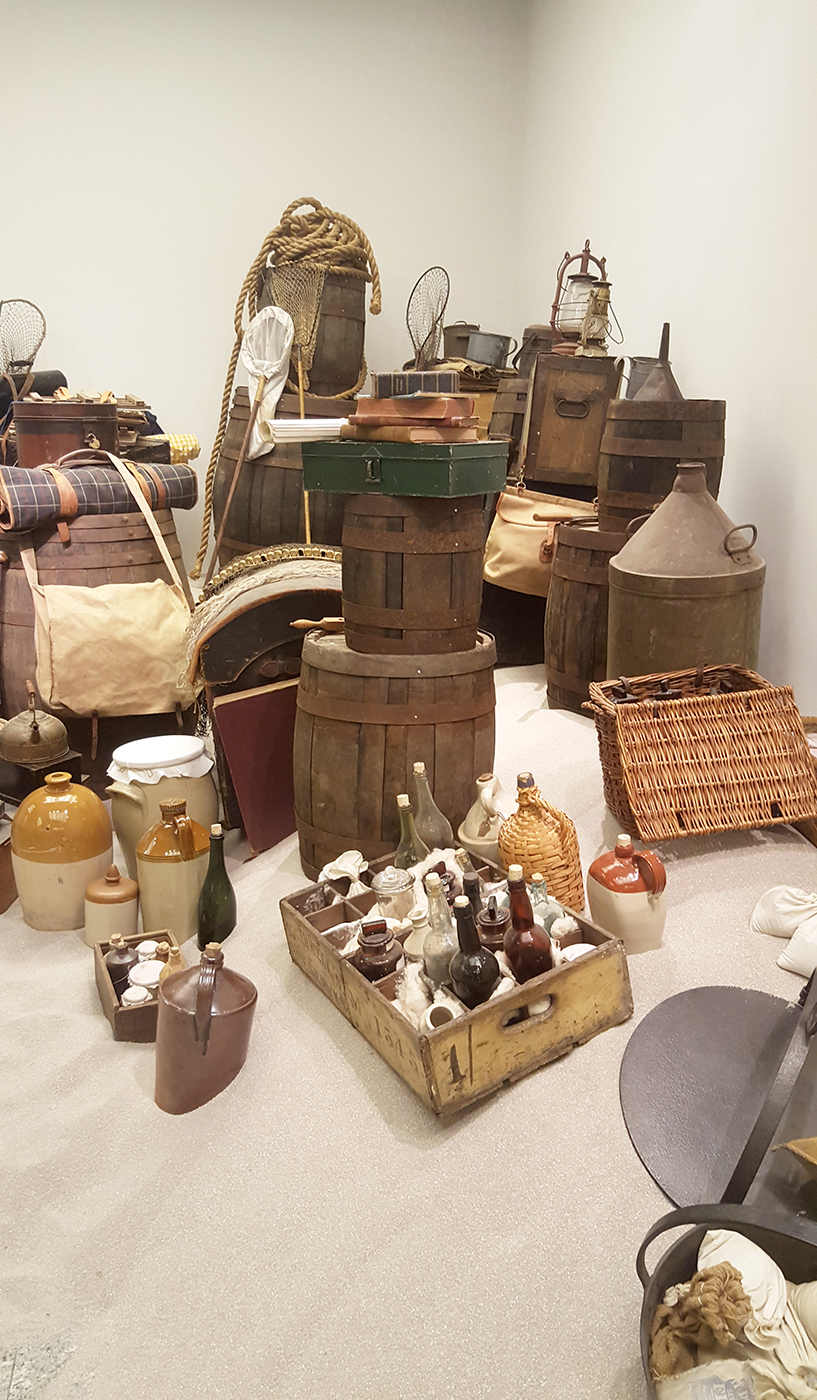
Mark Dion
The tropical Collectors (Bates, Spruce and Wallace), 2009
Detail
Kunstmuseum St Gallen, Suisse, 2016

Mark Dion
The tropical Collectors (Bates, Spruce and Wallace), 2009
Detail
Kunstmuseum St Gallen, Suisse, 2016

Mark Dion
The tropical Collectors (Bates, Spruce and Wallace), 2009
Detail
Kunstmuseum St Gallen, Suisse, 2016
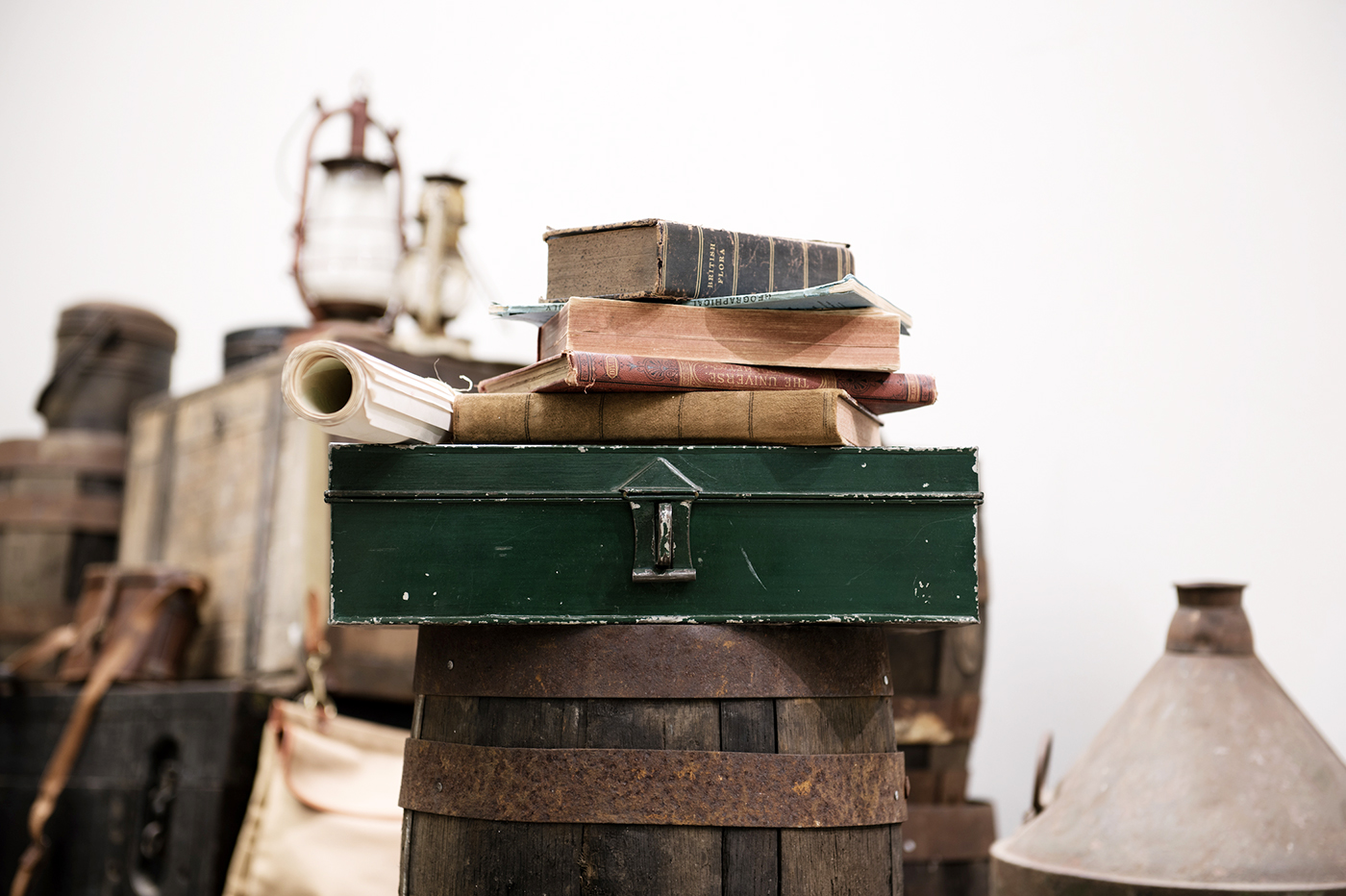
Mark Dion
The tropical Collectors (Bates, Spruce and Wallace), 2009
Detail
Kunstmuseum St Gallen, Suisse, 2016
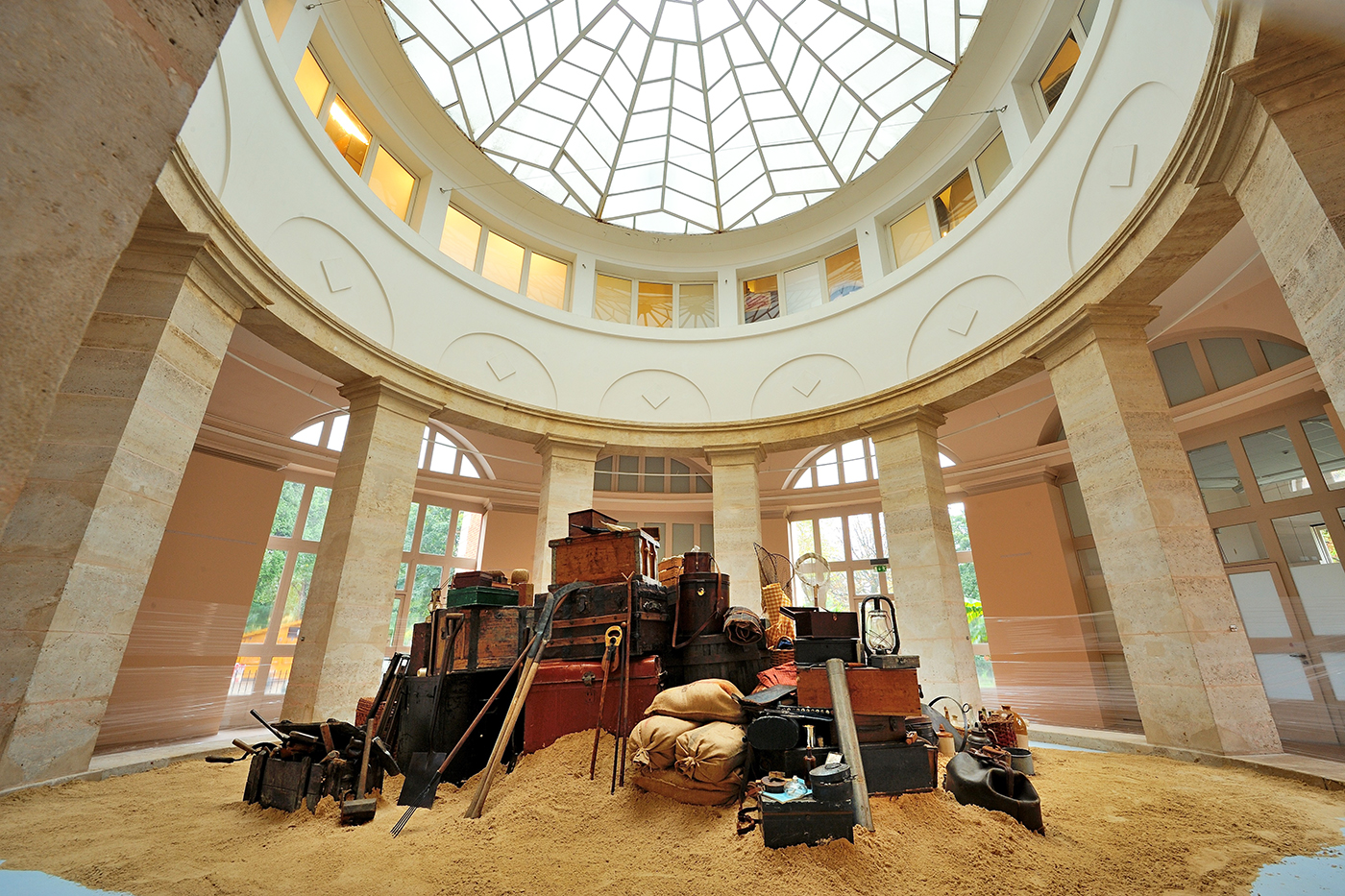
Mark Dion
The tropical Collectors (Bates, Spruce and Wallace), 2009
Museum d'Histoire Naturelle, Paris, 2012
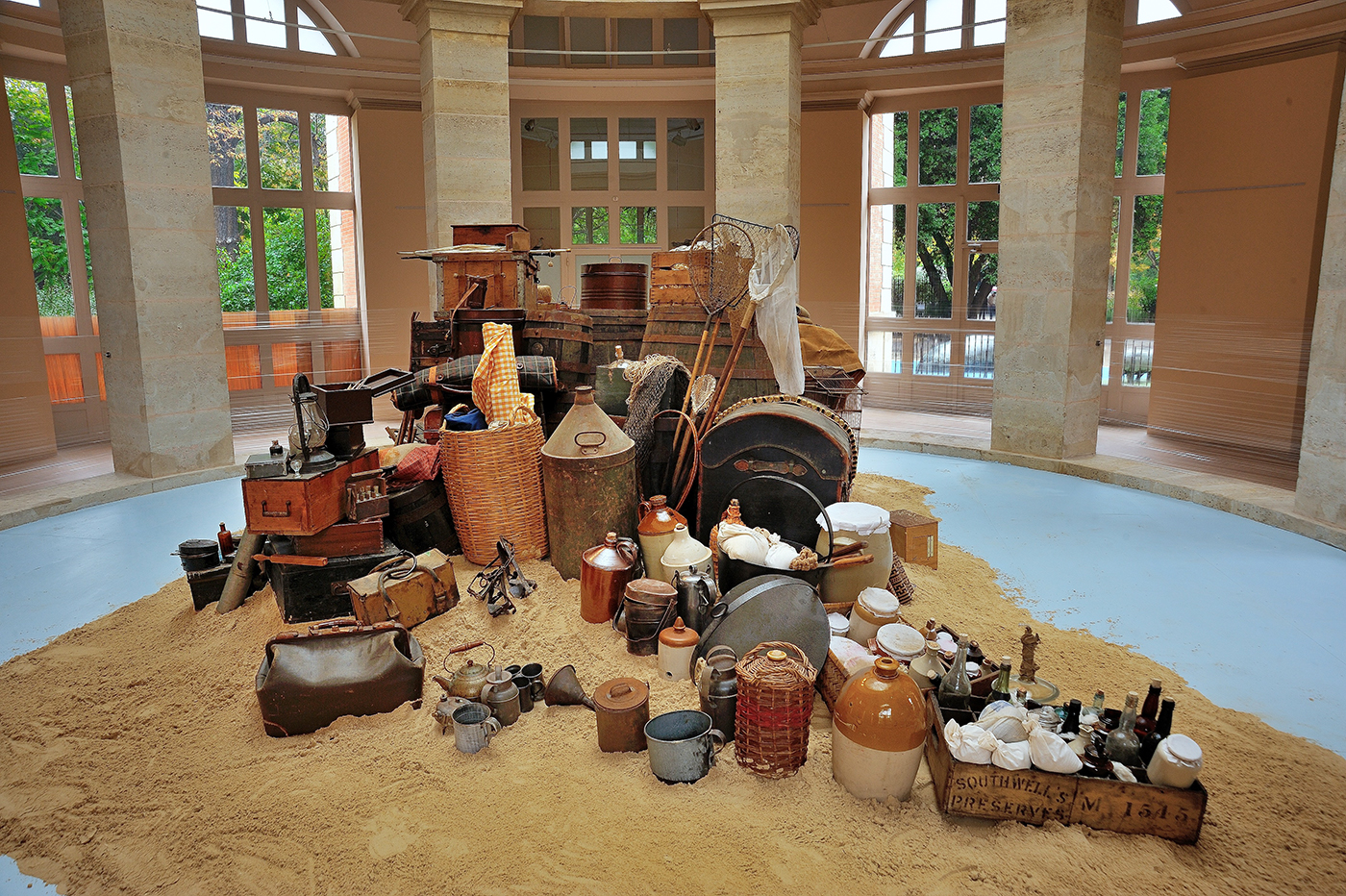
Mark Dion
The tropical Collectors (Bates, Spruce and Wallace), 2009
Museum d'Histoire Naturelle, Paris, 2012
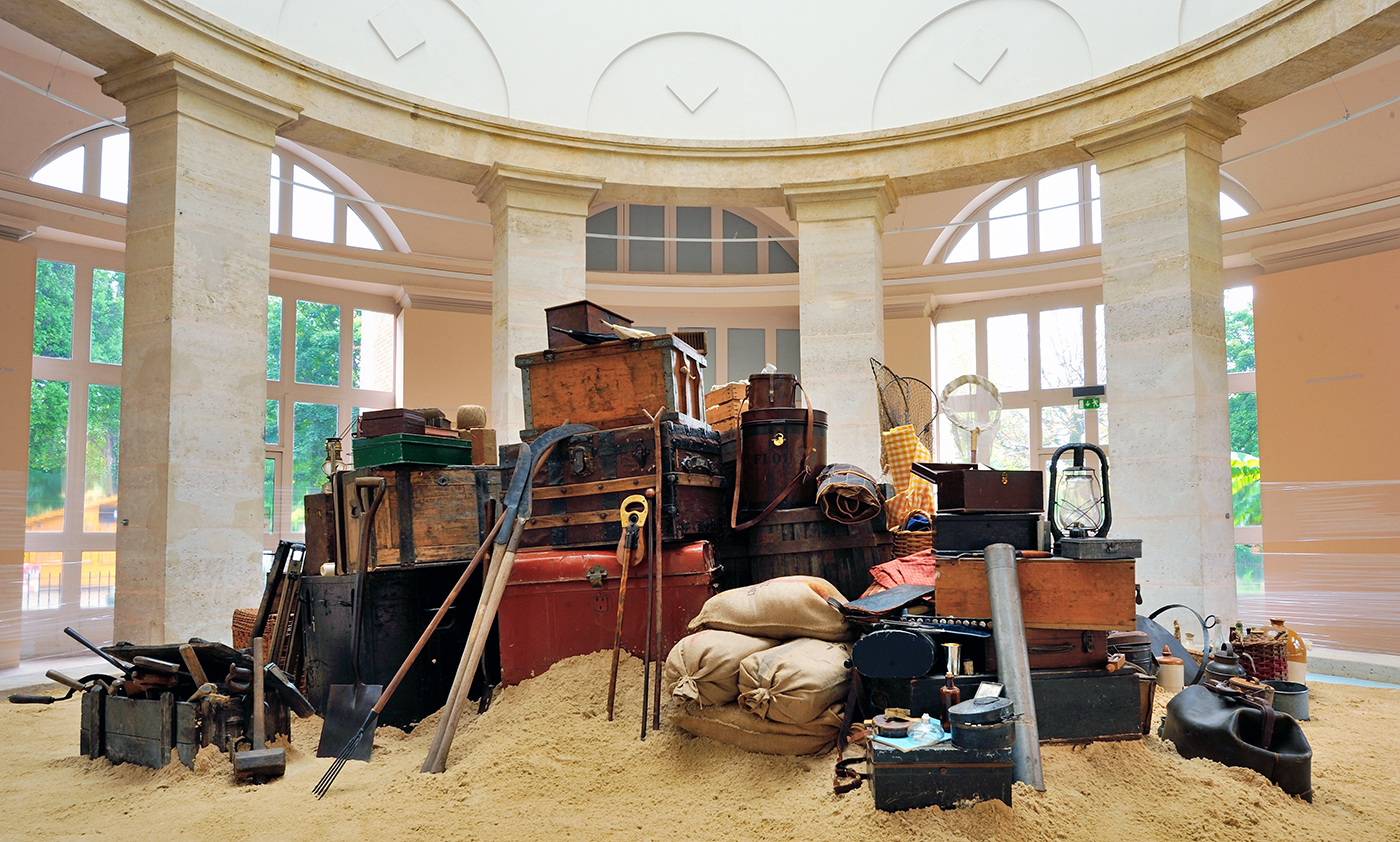
Mark Dion
The tropical Collectors (Bates, Spruce and Wallace), 2009
Museum d'Histoire Naturelle, Paris, 2012
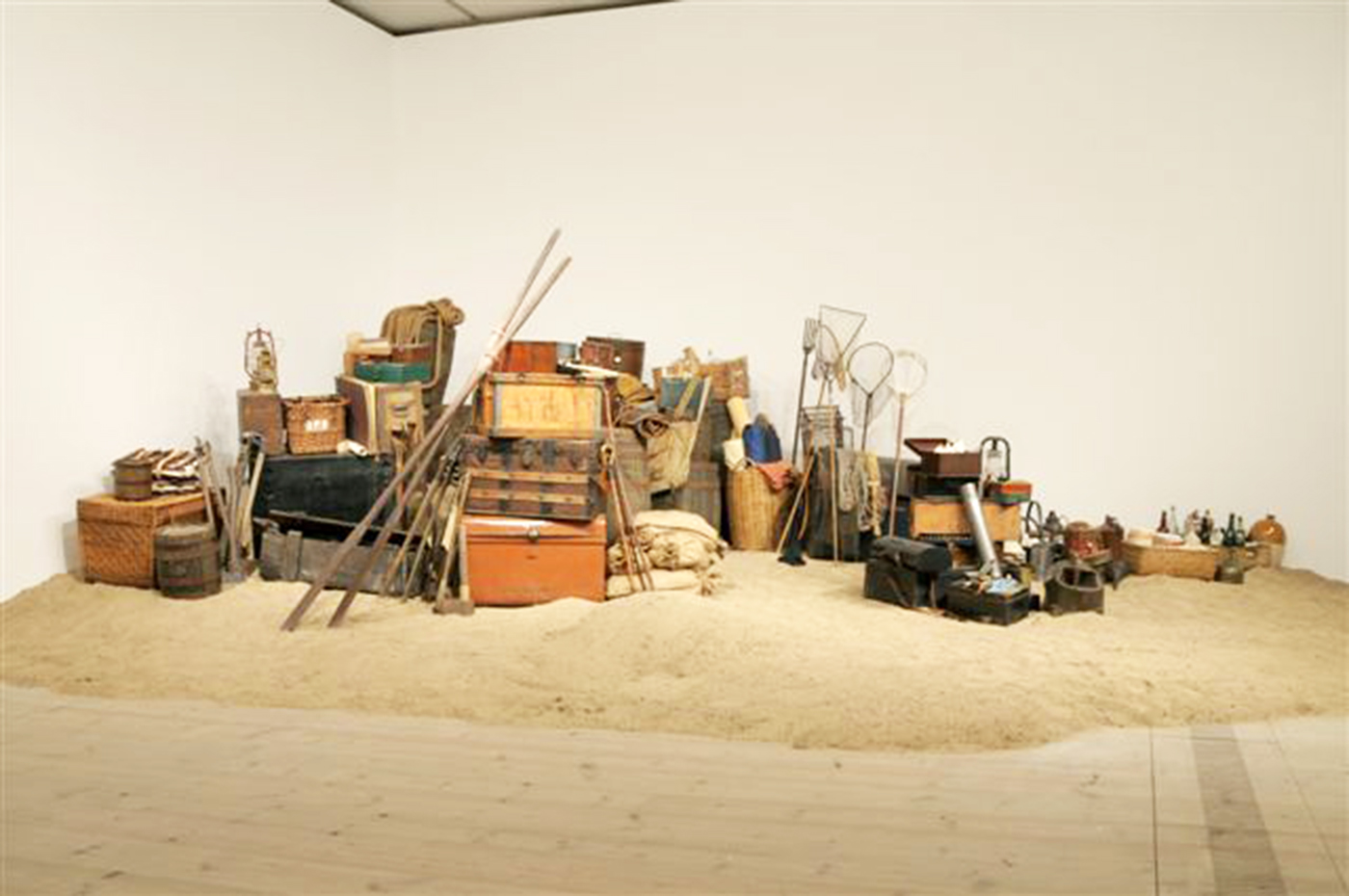
Mark Dion
The tropical Collectors (Bates, Spruce and Wallace), 2009
Baltic Art Center, New Castle, UK, 2009

Mark Dion
The tropical Collectors (Bates, Spruce and Wallace), 2009
Baltic Art Center, New Castle, UK, 2009
"The Tropical Collectors" (Bates, Spruce and Wallace), 2009 is a tableau created by Mark Dion that draws on some of the lesser known Victorian naturalists and tropical collectors. These British gentleman explorers were part of a colonial endeavor and integrally associated with the story of early science and biology.
Individuals such as H.W. Bates, Richard Spruce and Alfred Russel Wallace, boldly ventured to South America, travelling up the River Amazon in the 1850's collecting specimens as they travelled. Some of them spent as much as a decade in the Amazon, risking personal health and in the face of overwhelming adversity collecting ethnographic subjects.
Dion has arranged the items and trappings of these buccaneering characters as if their equipment had just arrived on the shores of South America from Britain.
The work consists of:
Three large barrels, four smaller barrels, five small kegs, various wooden boxes, wood instrument boxes, covered baskets, bolts of gingham and cotton cloth, various gin and rum bottles, various stoneware bottles and jugs, crude wood boxes of various sizes, flour, salt, sugar, rice bags (cotton or linen), insect storage boxes, chemical boxes, wooden bucket, canvas sleeping roll with leather straps, haversack and game bags, doctor's satchels, wooden and wire animal cages and traps, surveyor's tripods, tin map containers, two spades, axes, steamed trunks, hatchet, mallets, hammer, scissors, boot puller, pruners, tape measure, bandolier, vasculum, insect and aquatic capture nets, machetes, rope, natural history books, cooking cauldron, iron skillet, Native American baskets, document case, butterflies in triangular paper wraps, binoculars, trident, Bunsen burners, trident, wooden saw, boat paddles, ink bottle, metal/tin containers, hurricane lanterns, tin funnel, plant pressers, demijohns, tea pot, walking sticks, vials, gattors, eye washer, tin cups, plates and bowls, long knives, two oil cloth tarpaulins, long fork stick, insect collecting equipment, thermometer, parasol and umbrella, bottle basket, caliper, flask, sand.
